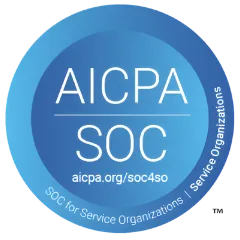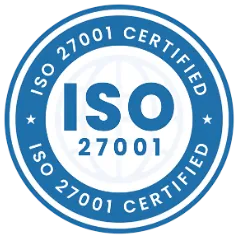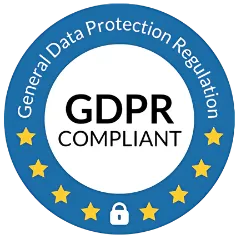Assets are considered as the backbone of an organization! But we have to remember that assets have a specific life after that period assets disposal is required. In this blog, we have collated a few questions related to assets. So, let us begin!
What is Asset Disposal?
When assets are in a nonproductive stage and no longer able to fulfill its primary objective then it needs to be disposed of. It is the last stage of the asset life cycle. Asset disposal is the process in which long term assets are eliminated from the account records and sold at disposal value.
What is the Disposal Value?
In accounting terms, the asset disposal value is the value at which the asset is sold when an asset is no longer useful. For example, a piece of equipment is installed in a factory and its productive life is over, it is replaced by another updated version of the equipment. The minimum value at which the equipment is sold that is known as disposal value.
When Does an Asset Need to Be Disposed Of?
There are many factors need to be concerned before asset disposal:
Asset Working Condition
When an asset takes more maintenance then it should be then it is better to replace that asset with another asset.
Asset Does Not Fit into Your Current Requirements
As per the standards of the company the asset does not fit in. Therefore, asset needs to be disposed of.
Asset Life
Asset life is over, its productivity decreased and not able to meet the demand or produce output as much as expected.
New Updated Version
Organizations sold their asset when their updated version is launched in the market. In order to compete with their competitors.
How Do You Calculate Salvage Value & How It Is Helpful in Depreciation?
The salvage value is the amount you will get when the asset is sold. Most of the time the 10 percent of the purchase value is called salvage value.
Here is an example, if you purchased equipment for $40,000 then it will have a salvage value of $4,000.
However, the overall depreciation is calculated by deducting the salvage value from the overall value.
Here is how this salvage value helps in calculating depreciation:
(Purchase cost - Salvage Value) / Useful Life = Annual Depreciation
Continuing the above example let us say the expected useful asset life will be 10 years.
So, the depreciation will be:
$(40000 - 4000) / 10 = $3,600 per year.
That means each year, your asset will depreciate by $3,600.
How Asset Life Cycle and Depreciation Are Connected?
As we know from the moment asset is purchased its asset life starts decreasing and depreciation starts too!
Also Read: What are the 5 Key Stages of Asset Life Cycle Management?
According to Investopedia,
“Depreciation represents how much of an asset's value has been used up. Depreciating assets helps companies earn revenue from an asset while expensing a portion of its cost each year the asset is in use. If not taken into account, it can greatly affect profits. Businesses can depreciate long-term assets for both tax and accounting purposes.”
When There Are Lots of Assets How Do You Keep Track of Their Depreciation?
You can keep track of depreciation with the assistance of Asset Management Software. Once the software is installed you don't have to remember anything it will automatically remind you with its alert and notification setting. Moreover, it can help in calculating taxation, maintenance, asset management lifecycle, etc.
It also provides several advantages too that we have discussed below.

1. Accurate Evaluation & Account Keeping
Accurate asset evaluation and proper accounting are necessary because if depreciation is not accounted then companies may overestimate the value of assets in their balance sheets & reports - which is neither a good way of accounting nor allowed by specific provisions of the law.
As we know the value estimation of assets diminishes after some time. This can affect taxable income & resale value. Hence, asset depreciation calculation must be performed from time to time.
So, asset tracking software makes sure the accounting and evaluation of assets done accurately. Moreover, this approach is faster in order to retrieve complete assets reports with depreciation.
2. Tax Benefit
Bookkeeping books reflect the most precise asset costs likewise significant with regards to figuring out the total amount to be paid for taxable income. From a bookkeeping viewpoint, assets are the things that help in producing income.
However, as time goes by, the value of the assets is reduced. This loss is tolerated by the company and must be subtracted from the total revenue generated.
Depreciation assists associations with saving money on taxes by decreasing the total taxable earning by the proper depreciation cost of assets. The higher the depreciation cost, the smaller the taxable amount will be.
3. Well Informed Financial Decision
The asset tracking management software helps in making business favorable decisions that can only be achieved with software assistance.
For e.g. which asset is productive, which asset is taking more maintenance, and which needs to be disposed of. Overall, it identifies the performance of each asset.
With depreciation, organizations can easily compare the cost of an asset in an accounting period that the asset helps to generate revenue during the same period. In simple words, it tells you about the productivity of an asset. That helps in making a business decision, such as either to keep it or discard it.
What Are the Assets Are There Is an Organization?
This list of assets and equipment furnished in an office can be divided into various categories of items such as office furniture & equipment, computer hardware & accessories, computer software, general office supplies & inventories.
Also Read: Why Is It Important to Discard Your Old and Weak Assets?
Conclusion
We know there are lots of assets in there in an organization and it is almost impossible to keep manual records about assets that which assets need maintenance, which assets need to be retired, asset disposal shall be done or not, etc.
Hence, asset management software is the necessity of an organization. If you want to implement asset tracking software in your organization, you can contact us we will be happy to assist you.

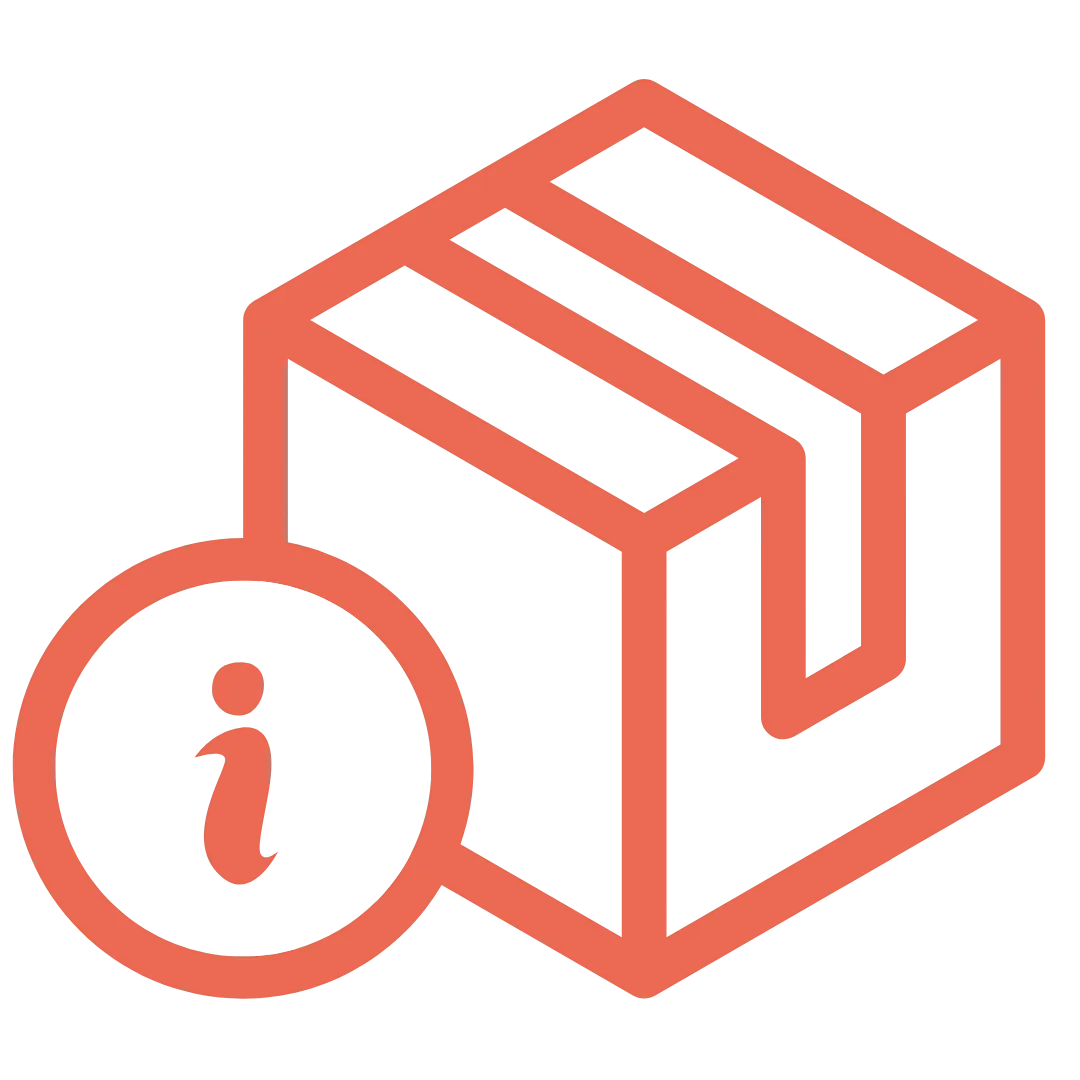
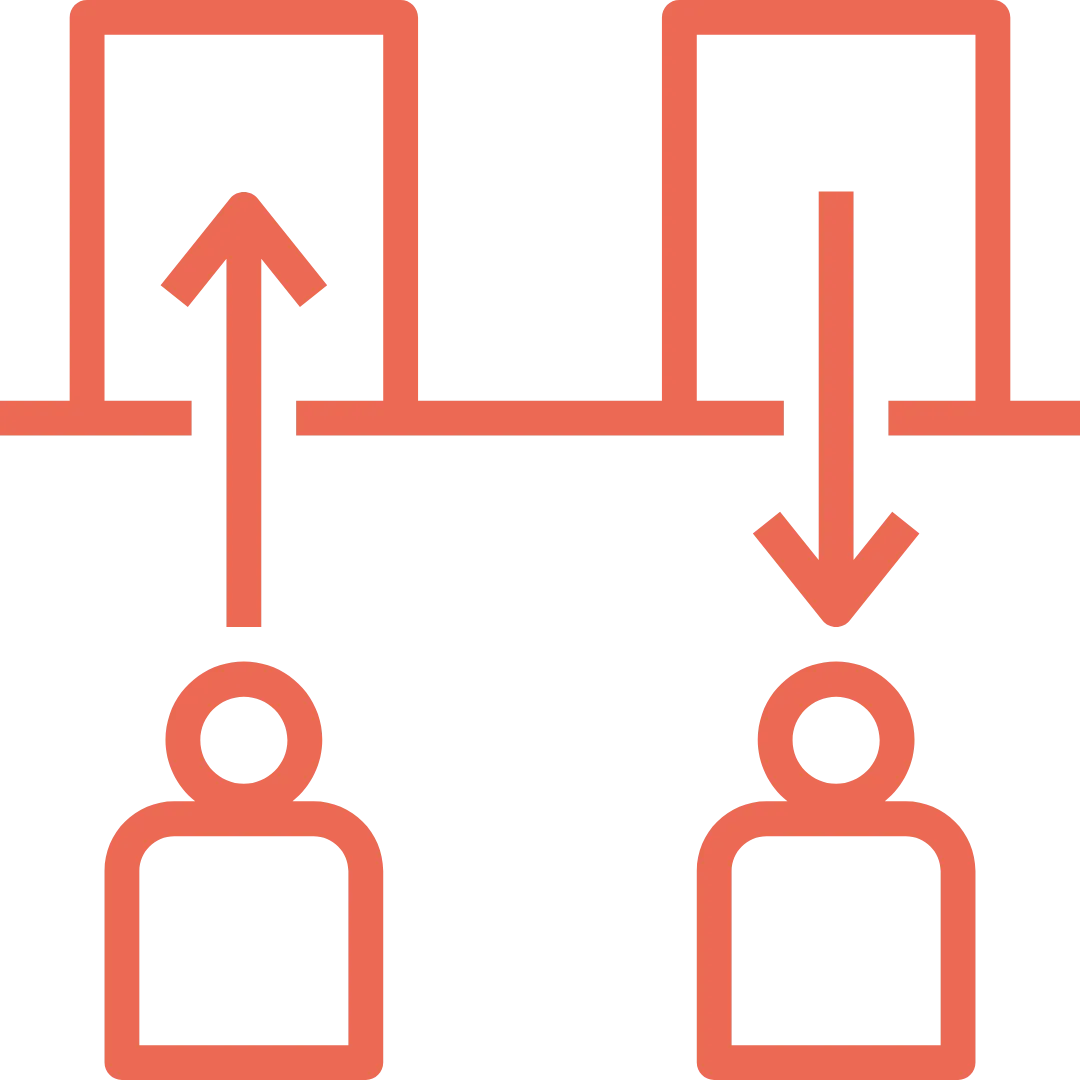









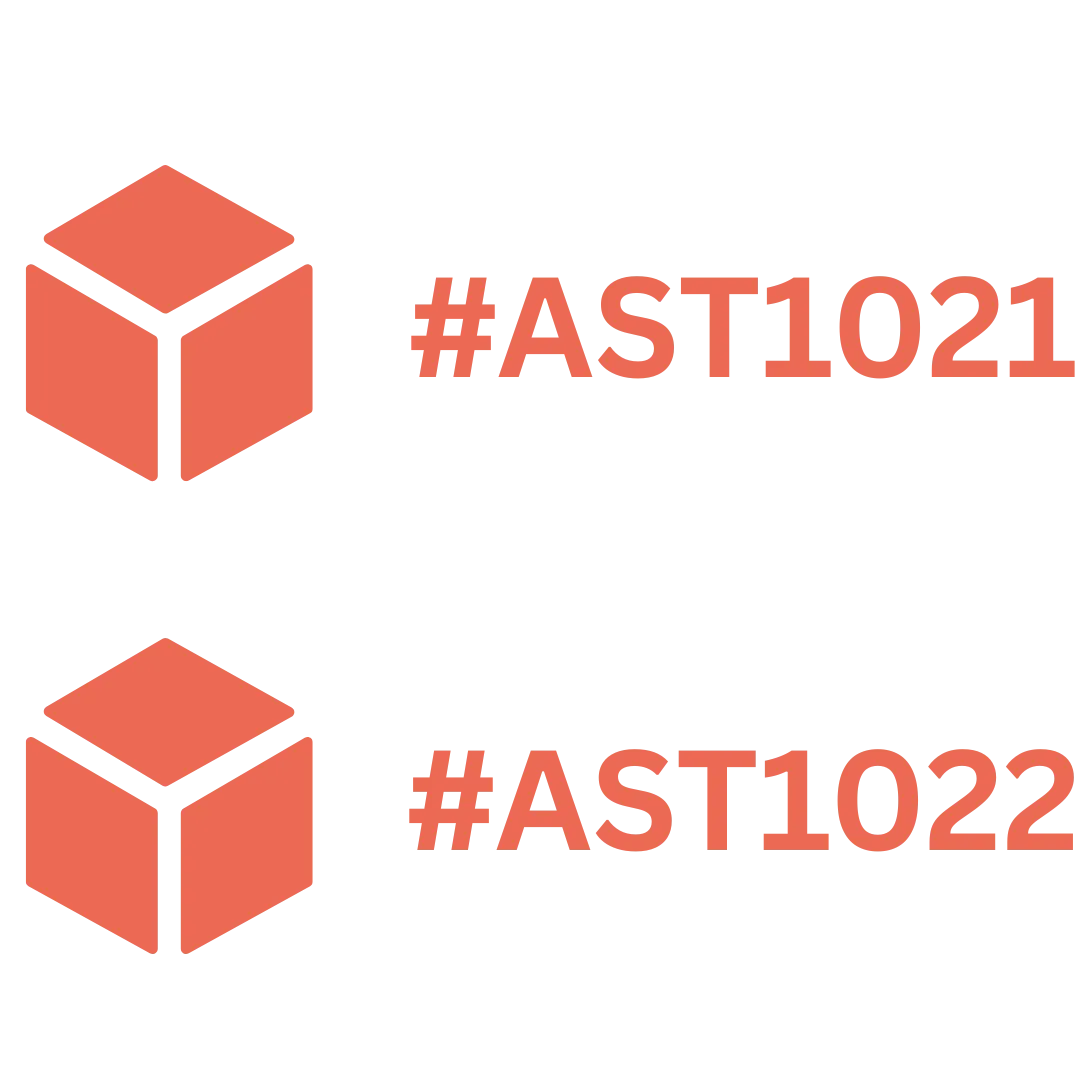







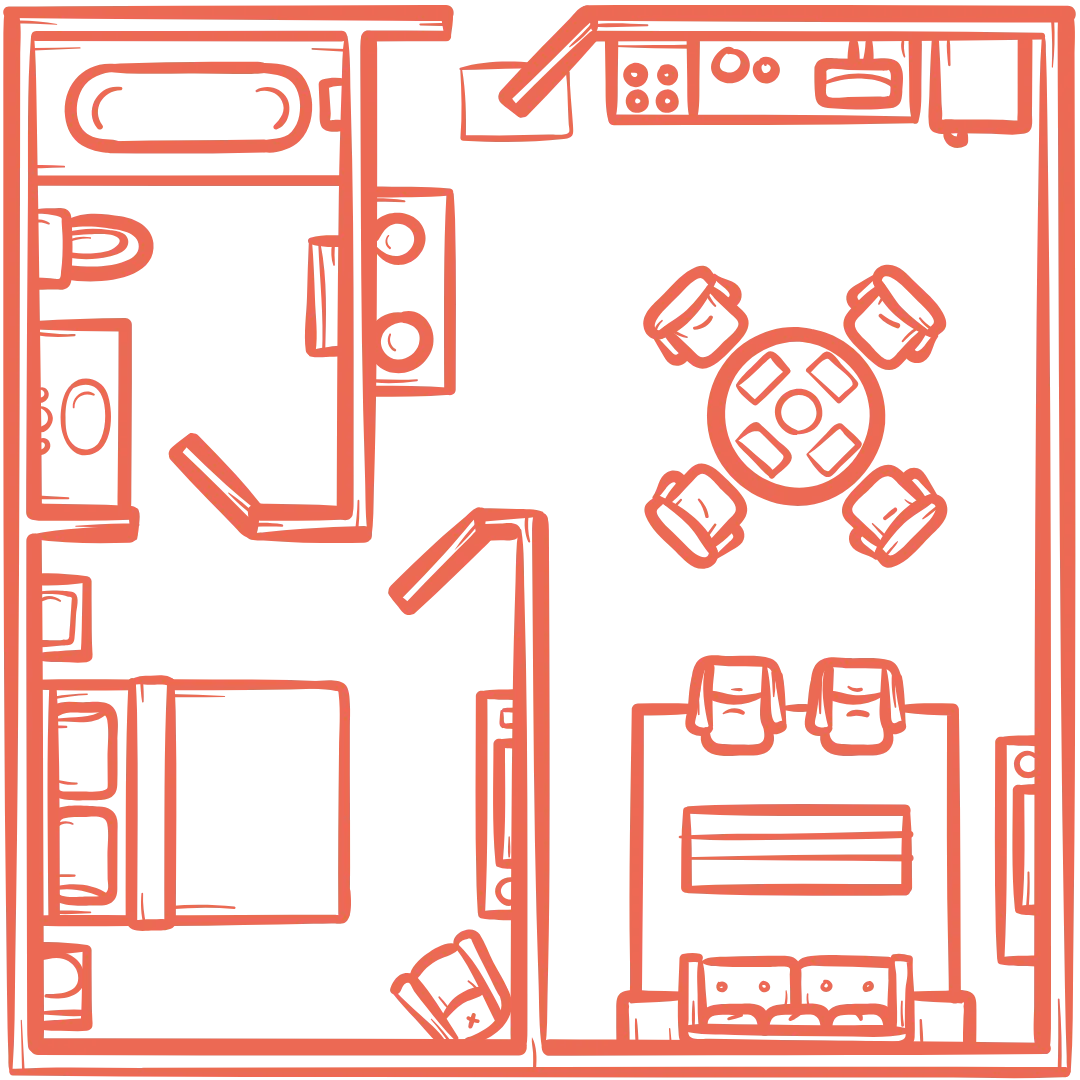




























.webp)
.webp)
.webp)
.webp)
.webp)
.webp)
.webp)
.webp)
.webp)

.svg)




.webp)
.webp)














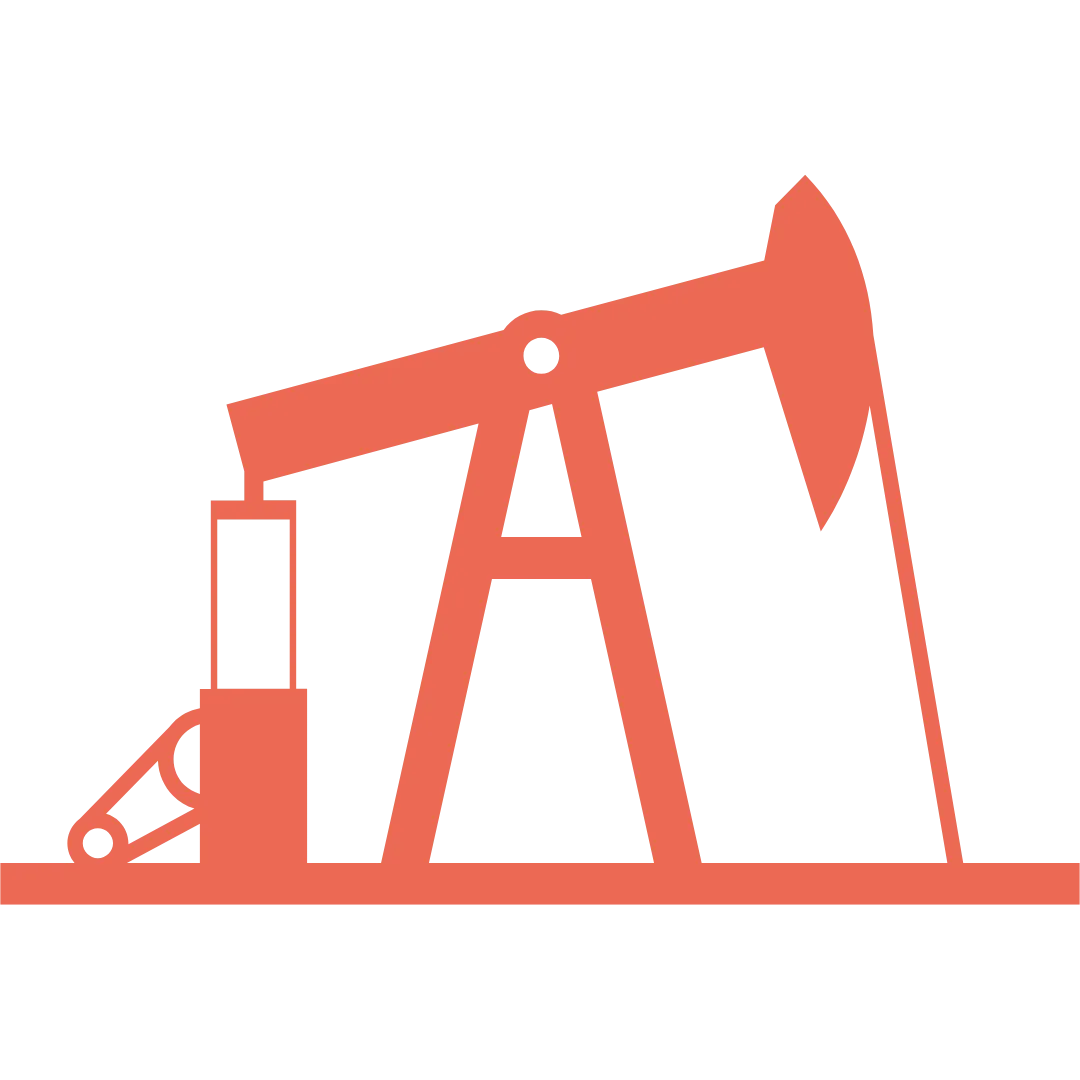




























.png)




.webp)

















